Where to Hike in S.Korea – Best Locations
9 Minute Read
Hiking for the South Korean people is a huge pastime, which lately seems to have warped into some kind of hysteria! Year on year I’ve noticed an increase in hikers from Korea spreading across all corners of the world. I’ve been interested in visiting the country for a while now but never considered it to be a true hiking destination. It first dawned on me during a trip to the Himalayas how big it could potentially be. I only came across a small number of people during my two week trek, and a surprisingly high number of them were from S.Korea.
I wanted to know why and – above all – what it was that got them so interested in hiking back home. What landscapes did Korea have to offer that spurred on such an obsession? To find out more, I booked a flight to Seoul with the plan of exploring the best hiking spots in the country. I’ve now compiled this info into my South Korea travel guide!
The selected locations covered in this guide are:
- Seoraksan National Park – the peaceful one
- Jeju Island – the tallest one
- Bukhansen National Park – the convenient one
- Jirisan National Park – the oldest one
This page contains affiliate links. This means I make a commission if you buy a product I have recommended (at no extra cost to you). All recommendations I give are genuine and my own. Thanks for the support!


Hiking Culture
Before I get into the list I want to tell you a little about the general hiking culture in Korea and give you some insight into what it’s really like over there! Initially, I was blown away by how seriously the locals take their hiking. Everyone you meet on the trail is seriously dressed for the part. They’re clad in top of the range hiking equipment and are often covered head to toe in sun protection. From carbon fibre poles, to hydration backpacks, to sleek outdoor clothing and top of the range boots. They even wrap their arms in special polyester sleeves which apparently cools the temperature of the skin by one degree.
That may all sound a little excessive, but clearly for them, every detail counts, no matter how small. Looking back on it, I must have seemed quite out of place strolling about in shorts, a t-shirt, and a baseball cap! But to be honest, I prefer it that way and, in any case, I felt what they wore was a bit over the top anyway! However, I eventually saw the wisdom in their ways and bought a sun protector myself when arriving back in the UK!


The joy of hiking isn’t only for the athletic and adventurous, it’s open to everyone in Korea! In other words, there is definitely a subsection that takes it very seriously, but overall it’s an inclusive event. On the weekend crowds of people, composed of friends, families, couples, and elderly locals, gather by the metro or bus stations chatting amiably, preparing for a leisurely day out. I prefer having nature to myself but even I have to say it’s a pretty heartwarming sight.
Hiking Food
Surprisingly, I found the hiking cuisine – if I can call it that – really distinguished and interesting. The locals seem to eat a selection of specific pre-prepared dishes. I was lucky enough to be on the receiving end of the Korean hospitality multiple times; for instance, when slumped alongside someone on a summit, or when catching breath at the bottom of another set of steps, it’s a huge bonus to get offered a tasty snack without having to ask!
A long sushi-type roll called kimbap (or gimbap) is the most common lunch choice. Regular fillings include rice with beef, crab sticks, or chicken. Other snacks consist of boiled eggs, a hot flask of instant coffee, Korean candy, trail bars, and jerky. Usually my advice is to always prepare and bring your own food, but one of the joys of hiking in Korea is meeting all the friendly locals along the way who happily offer up a share of their own. So even if you do forget to pack enough food, you’re sure to receive a snack from someone at some point. And don’t worry about the language barrier, smiling and gesturing can get you surprisingly far!
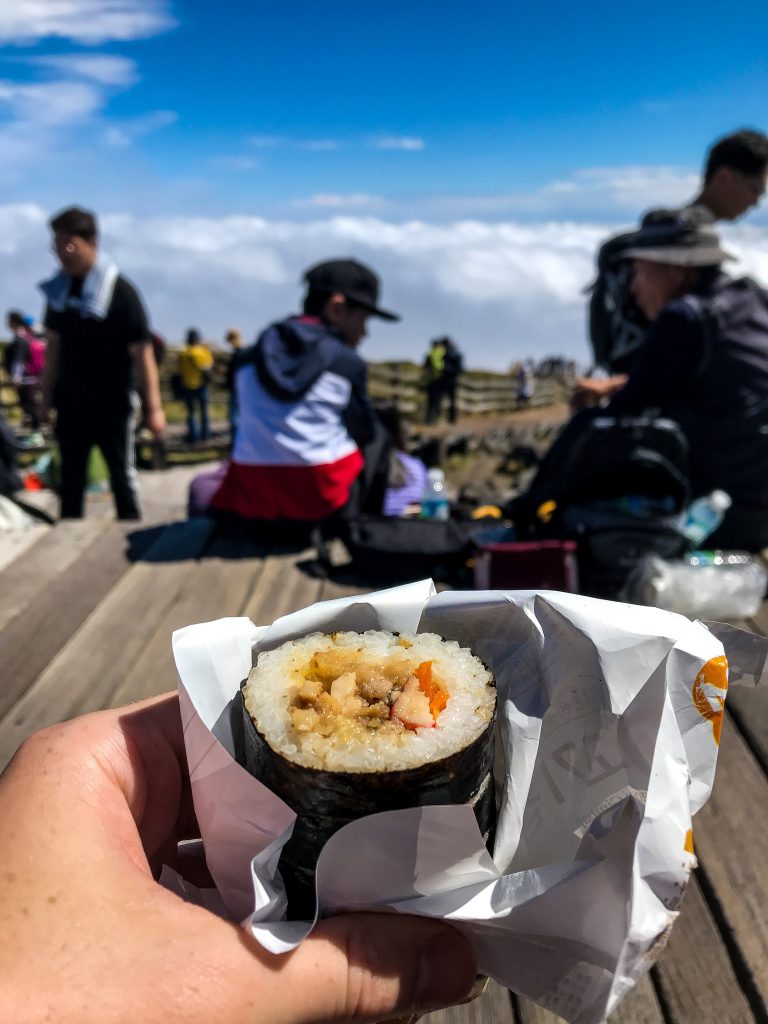

1. Seoraksan National Park
Two and a half hours east of Seoul is one of S.Korea’s most popular national parks. Nestled by the coastal town of Sokcho, this UNESCO World Heritage site offers a range of beautiful walks through serene river valleys, soaring canyons, misty mountain ridges, and dense woodlands. This was a favourite spot of mine purely because of how peaceful and tranquil it is. Although, this may have been because I’d just come from China so anywhere would seem quiet in comparison!


In any case, it’s a little further away from the main cities so it isn’t as busy as some of the other hikes on this list. As such, you get a real opportunity to immerse yourself in nature. To get there take an intercity bus from Seoul Express Bus Terminal to Sokcho Bus Terminal. Once in Sokcho there are local busses you can catch to the start of the trails.
I did a 24km hike to Daecheongbong Peak, Seoraksan’s highest point standing at 1,708m tall. It was a long and tiring hike which took me around 9 hours (and I’m a relatively fast walker). So, alternatively, it’s possible to split this over two days and spend the night in one of the mountain-top lodges. This allows you to watch a sunrise/sunset from the summit and gives your legs a well-needed rest! Another option is to do a shorter more direct route to the summit or even to take a cable car to the top. There are a variety of options open to exploration upon arrival in Sokcho!


2. Jeju
Situated on a small volcanic island in the East China Sea is “South Korea’s Hawaii”. Despite its relatively small size, the island boasts three UNESCO World Heritage sites and it’s an adventurer’s dream. With a dizzying range of hiking packed into such a small area, Jeju should be on the travel list of all visitors to S.Korea. Don’t be deterred by its location as flights are inexpensive and regular from many of the main cities in Korea (Seoul, Busan) and Japan (Fukuoka, Osaka, Tokyo).
Seongsan Ilchulbong
The Seongsan Ilchulbong (Sunrise Peak) tuff cone volcano is situated on the east side of the island. After paying a small park entrance fee, it’s a relatively short walk up a set of wooden steps to the peak. A round trip to the top shouldn’t take you more than 45 minutes. There is a fantastic view down into the crater and out across the turquoise ocean.
Be sure to spend some time exploring the coast either side of the volcano. In a bay directly by the exit is a small path leading down to a beach where there is a very special cultural site: the lady divers of Jeju known as “Haenyeo“. The women free dive to the sea-bed to collect fresh shellfish in a tradition that stretches back hundreds of years. Twice a day you can watch them heading out for their dives at 1:30 PM and 3 PM – this is not an event to be missed!


Hallasan Mountian
In the centre of the island, towering over all else is S.Korea’s highest mountain: Hallasan (1,950m). This dormant shield volcano offers a truly unique hiking opportunity as on a clear day, there’s a near-360-degree panoramic view of the the volcano sloping straight into the ocean and stretching out all around you.
There are multiple routes you can take to the summit but the two I recommend are the Gwanemusa trail (8.7 km) and the Seongpanak Trail (9.7 km). I suggest walking up one and down the other to get the best range of scenery and views. The Gwanemusa is steep and short, the Seongpanak longer and more steady. As such, I would carefully consider which way round you want to do the routes. For instance, I personally find walking up a steep slope is much easier than walking down one. So I took the Gwanemusa up and then eased myself down on the Seongpanak trail. I met others who did the opposite and they said their knee joints were completely worn-out by the end. However for me it was only my muscles that ached, and if you ask me that’s a much better trade-off!






Island Walks
There are also many stunning walks along the rugged south coast showcasing a range of amazing waterfalls and black volcanic rocks. Not to mention a selection of lava-tube caves and incredible hexagonal basaltic rock columns dotted about the island. Whatever you fancy, take your pick, Jeju has it all. But be warned, access to this paradise does come at a cost. Seoul to Jeju is allegedly one of the busiest flight paths in the world. As a result, Jeju is very crowded and you won’t be alone in any of these nature hotspots.


3. Bukhansen National Park
Here we have the most convenient hiking option on the list, as Bukhansen is perfectly situated in the outskirts of Seoul! A huge number of hiking trails are within easy access of the metro stations. As such, on the weekends the park fills out with locals and tourists alike looking to get their nature fix. So don’t expect to have the area for yourself. Thankfully, the bustling walking paths are easily overlooked due to the excellent viewpoints looking out across Seoul’s cityscape.




Most people opt for a 2-3 hour round-trip hike to the park’s highest point called Baegundae Peak (844m). The paths are well marked so it’s not difficult to find your way around. However, some of the signs aren’t labelled in English, so it could be worth writing down exactly which route you want to take to ensure you don’t get lost. I didn’t do this and ended up following a crowd back down the mountain rather than taking a path higher up to the next summit! A rookie mistake, and one you can easily avoid if you plan ahead!


4. Jirisan National Park
S.Korea’s oldest and largest national park. This for me is sadly the one that got away. I had planned to spend a few days in Jirisan in the hope of summiting the mainland’s highest mountain. Unfortunately, the area is slightly difficult to access as it’s positioned in the south west of the country and lacks convenient transport options. On top of this, I was under time pressure and had to cancel my plans so as not to overstretch myself. I do hope to go back one day, potentially during autumn when the colours of the trees are supposedly stunning.
The best way to get there is to go from Busan either by bus or by renting a car. It could be worth considering an organised tour as you aren’t allowed to wild camp in the park and there are permits you need to gain park access. Most visitors opt for a multi-day hike as there are a good selection of overnight shelters to stay in. A common highlight is to climb the Cheonwangbong peak (1,915m), the area’s highest summit, to watch the sunrise. If you do make it there before me, let me know what it’s like I’d love to know!
Before You Go!
TOP TIP: After you finish your hike, there is no better way to ease your aching limbs than in a Korean sauna or “jjimjilbang” as they are known locally. These public bathhouses are very common in all urban areas and you need only ask your hostel owner or hotel receptionist where the closest one is. However, be warned, it’s a requirement for you to enter the baths naked! I found this pretty shocking at first, especially considering the reserved Western attitudes I’m used to back home. But in the end, I didn’t regret doing it. It was an authentic experience that provided me with a genuine insight into daily life in Korean culture. So embrace it, don’t feel embarrassed, and do as the locals do!
Thanks for reading my South Korea travel guide. If travel guides like this interest you, head over to my blog page to find out more!
This only scratches the surface of potential hiking spots to visit but it’s a starting point. My advice is to get out there and explore it more yourself and see what you can find! But these are my favourite spots and the locations listed are a great intro into S. Korean hiking!
If you are new to Walk Wild you can check out the About Me page to learn about who I am and what made me want to be a travel writer.
Please comment below, let me know what you think and follow me on Twitter and Instagram to find out more.


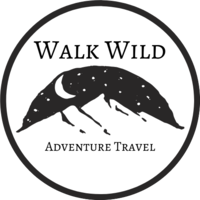
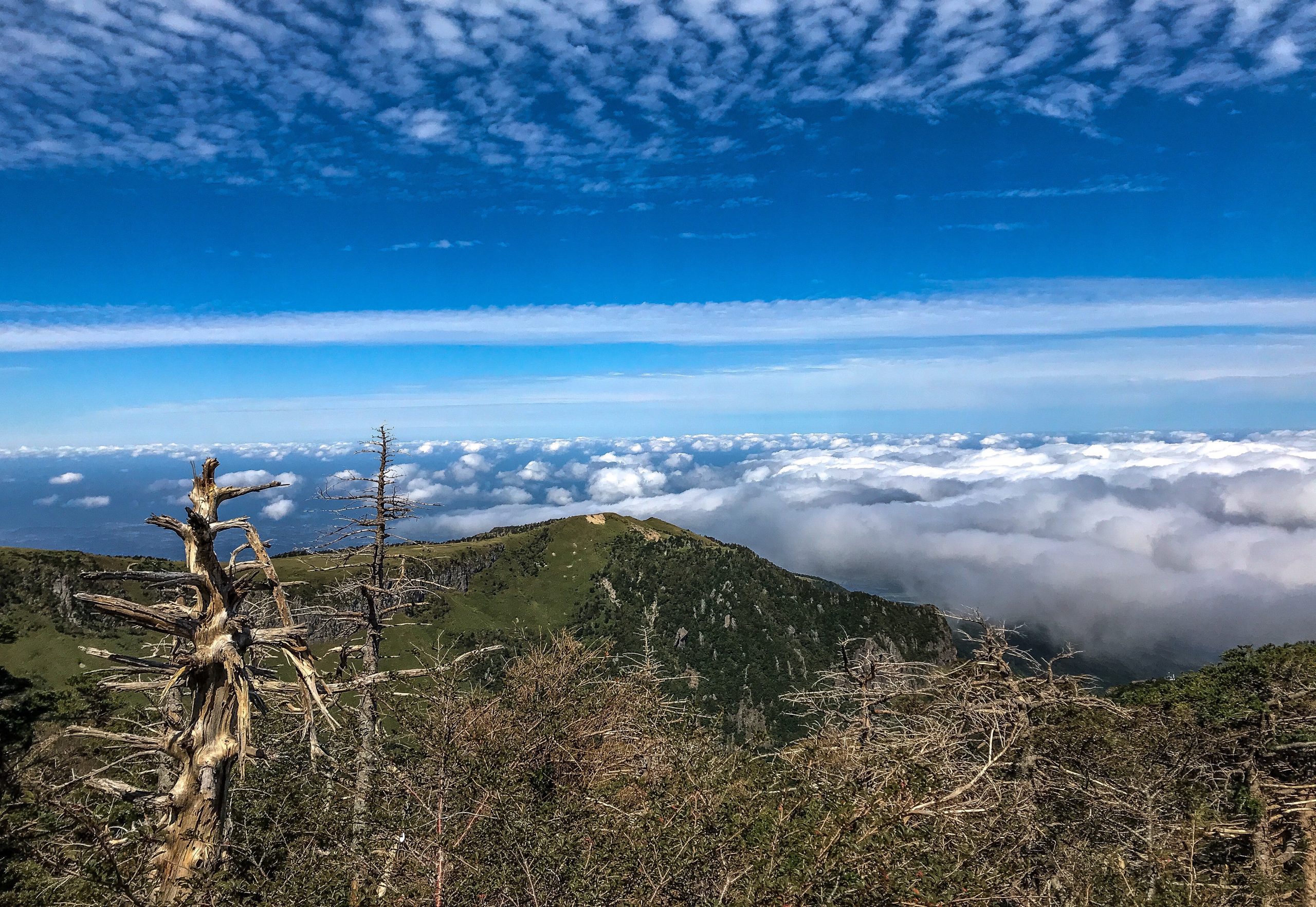
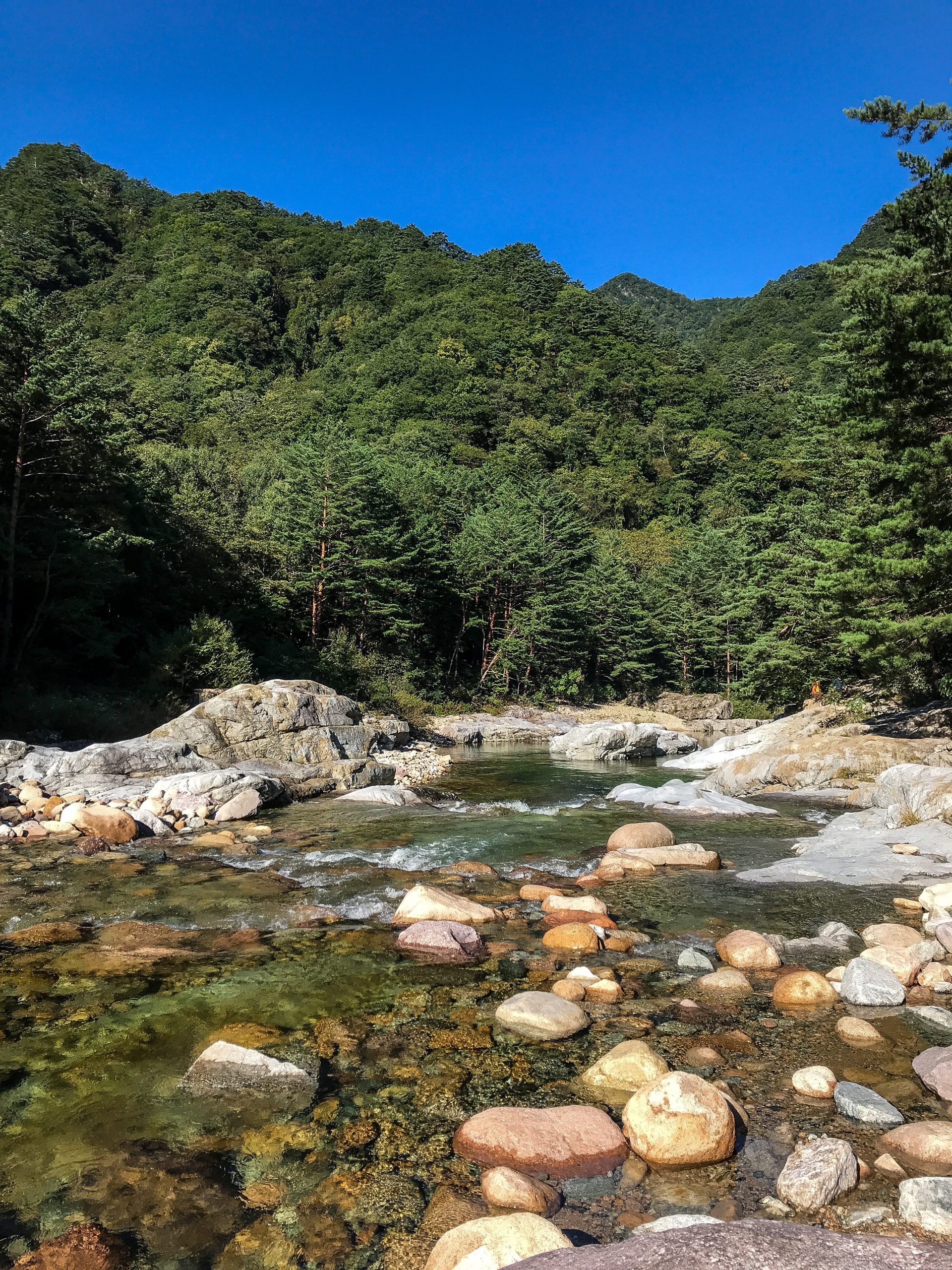
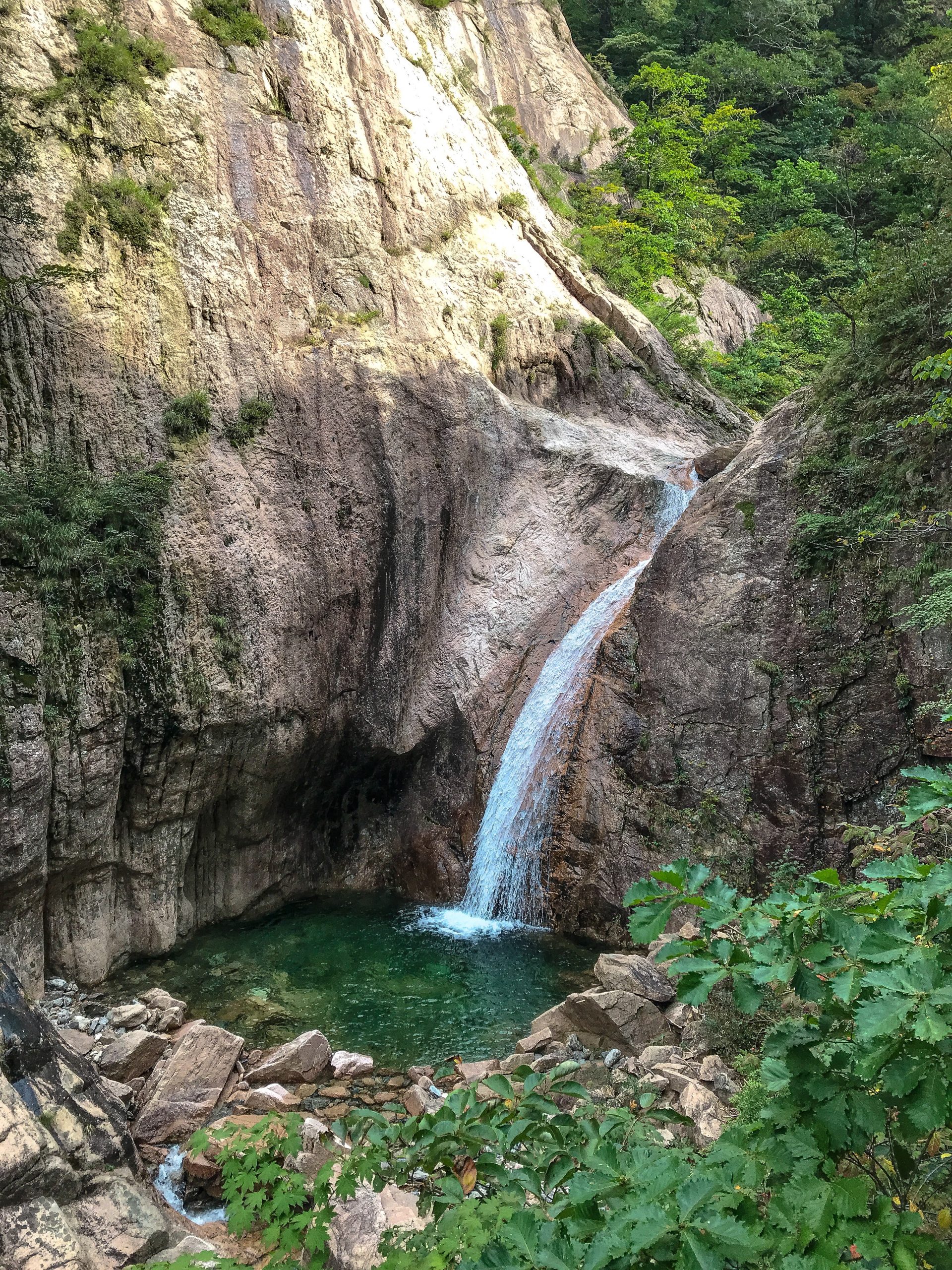
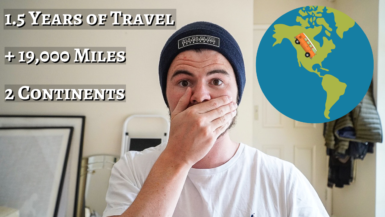
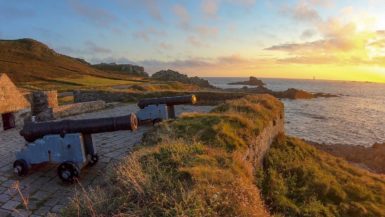
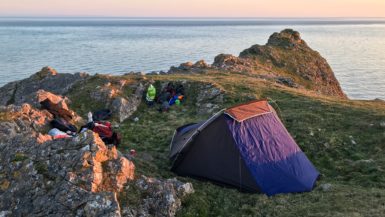
Love the article! Very inspiring and getting me in the hiking spirit 🥾
How did you research your trip? Do you have a guide that you particularly recommend?
Hi Jess, thanks for your message. Usually if I’m going to use a travel guide, I opt for Lonely Planet as I think the information they include is incredible. However, in this case I didn’t think their guide covered the sort of hiking info I was looking for! So I had to use a combination of research through blogs/articles, tips from other travellers, and a bit of guesswork 🙂 . That’s why I thought it would be good to do this blog, so you can use my experience as a guideline for yourself! Hope that answers your question.
Happy travels,
Matt